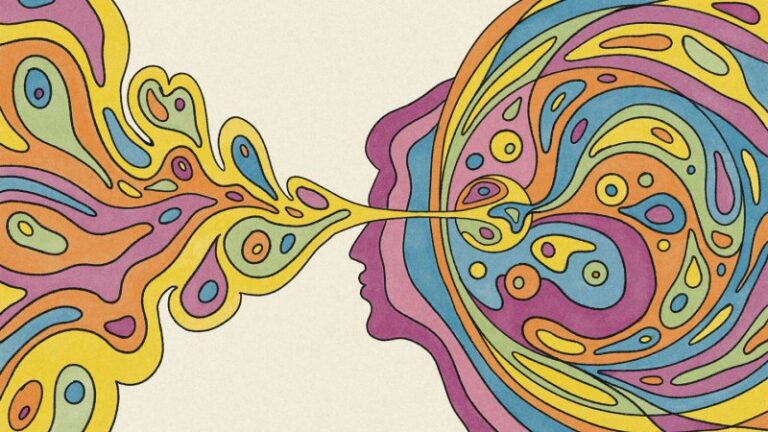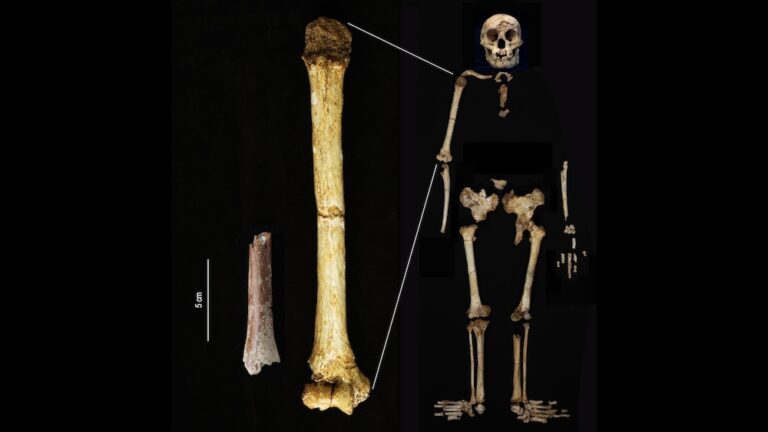‘A king will die’: 4,000-year-old lunar eclipse omen tablets finally deciphered

Tablets added to the British Museum’s collection many decades ago have finally been deciphered.
Science and Technolgy blog

Tablets added to the British Museum’s collection many decades ago have finally been deciphered.

The universe is expanding at an ever accelerating rate — and tiny wormholes that bore through the fabric of space-time might be to blame, a new study proposes.

China plans to launch more than 100 satellites for its new “constellation” this year and thousands more by the end of the decade.

Get a closer look with this huge saving on the Bushnell Powerview 2 10×42 binoculars — now down to their lowest-ever price $40.97 at Amazon!

Neuroscientist Christof Koch’s new book discusses how information integration in the brain leads to consciousness and whether AI will ever be self-aware.

A new analysis of teeth and a bone found on an Indonesian island reveal that “hobbits” were more than 2 inches shorter than we thought.

Two endangered female sharks found to be reproducing asexually in the absence of males in what appears to be a vital survival mechanism amid declining male populations.

Tracking data show that Desertas petrels often veer toward cyclones and follow in their wake, perhaps to catch prey drawn to the surface.

By performing computations directly inside memory cells, CRAM will dramatically reduce power demands for AI workloads. Scientists claim it’s a solution to AI’s huge energy consumption.

Objective: Investigate Emmert’s law to determine the perceived increase in size of the moon at the horizon Areas of science: Human Biology Difficulty: Easy advanced Time required: 2–5 days Prerequisites: You will need access to an outside area with a…